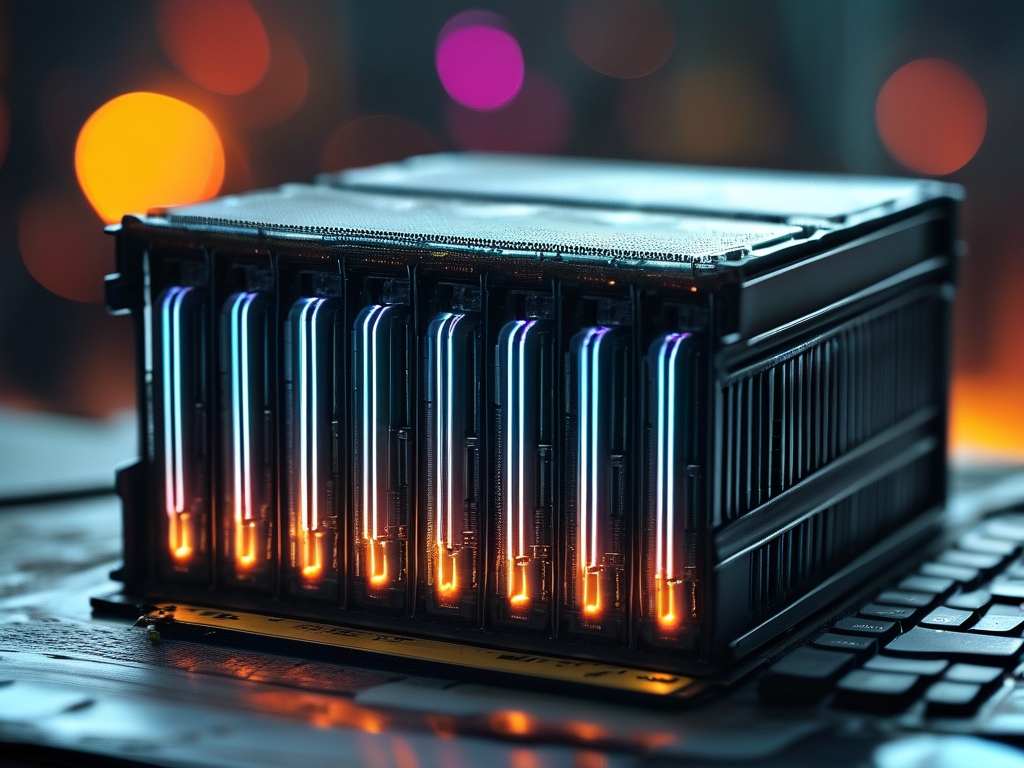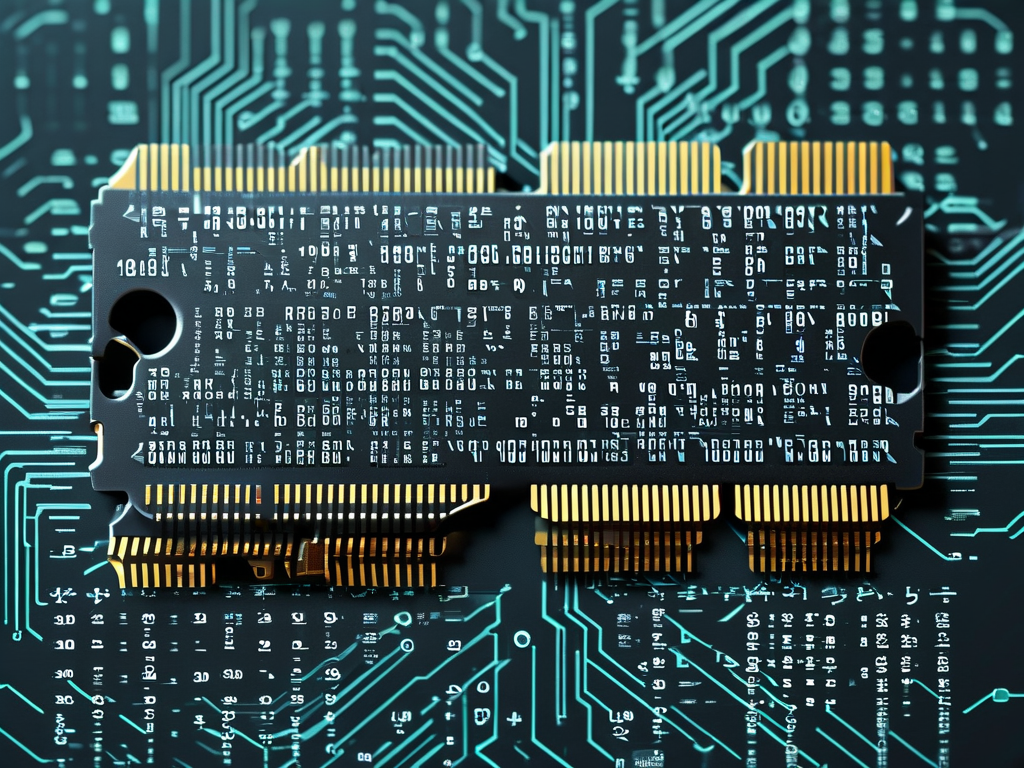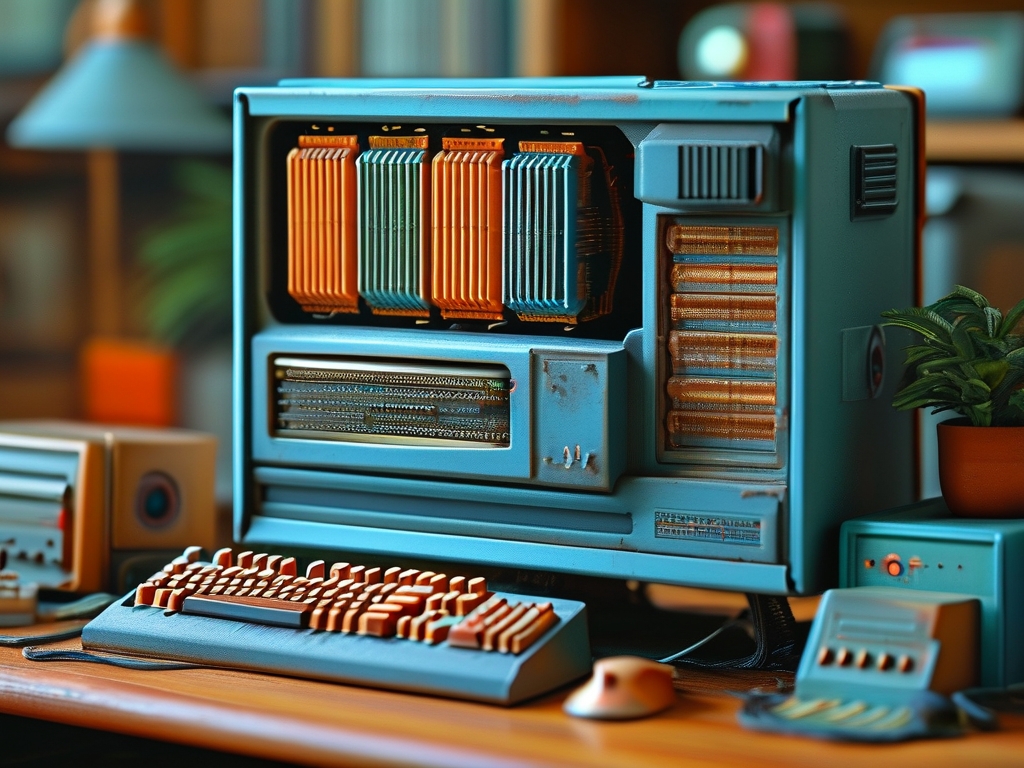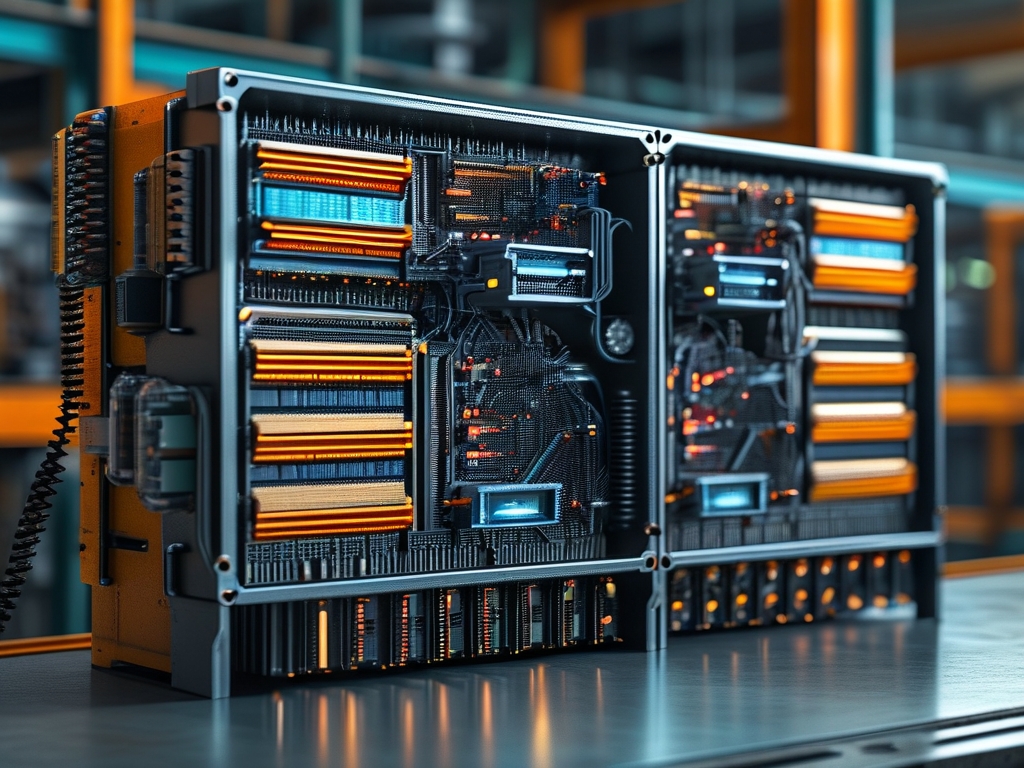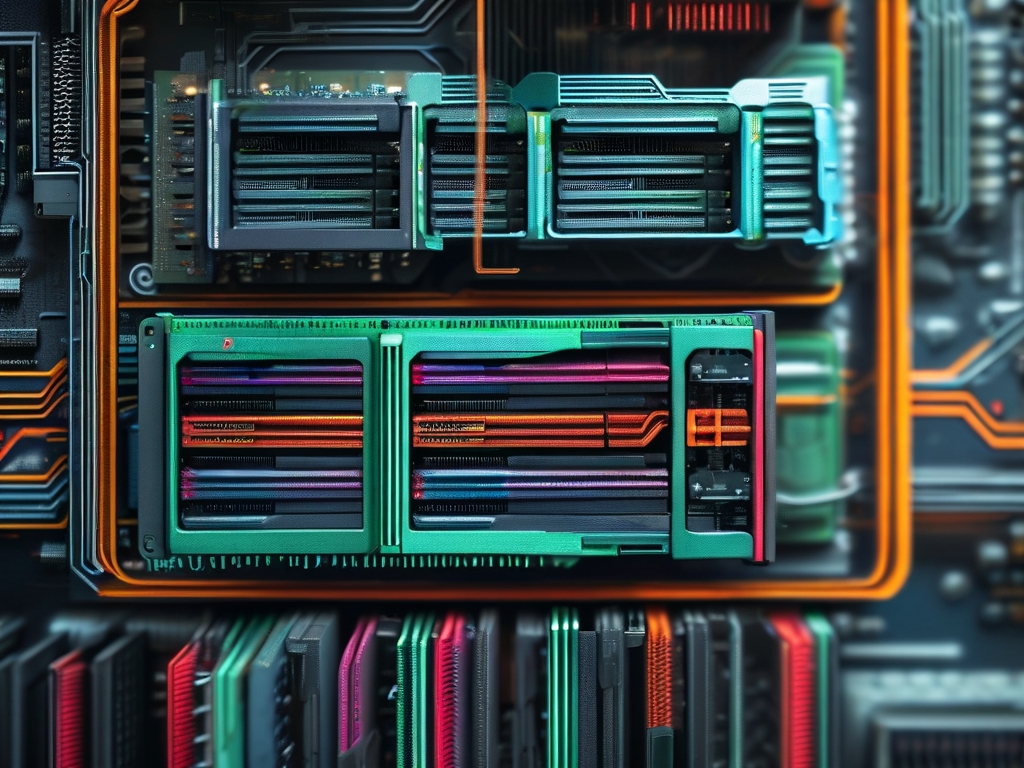In the ever-evolving world of computing, memory capacity has become a cornerstone of technological advancement. From personal devices to enterprise-level systems, the question "How much memory do modern computers have?" reflects both curiosity and practical necessity. This article explores the current state of computer memory, its applications, and the factors driving its exponential growth.
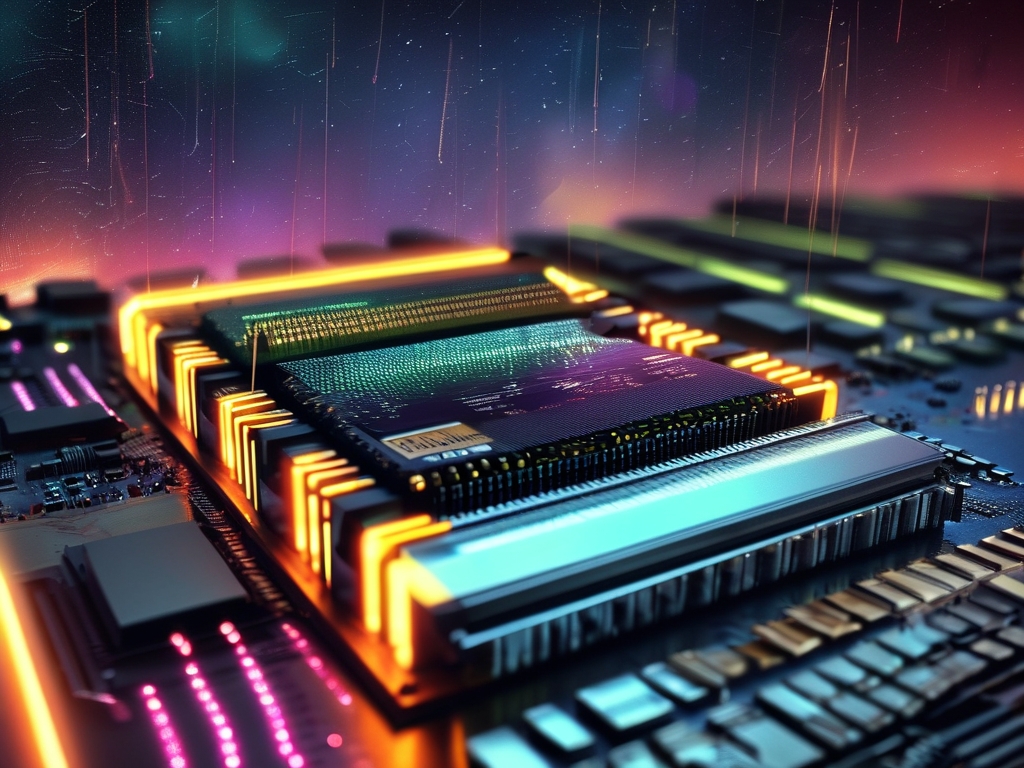
The Role of Memory in Modern Computing
Memory, often referred to as RAM (Random Access Memory), is a critical component that determines a system’s ability to multitask and process data efficiently. Unlike storage drives (e.g., SSDs or HDDs), memory provides temporary workspace for active tasks, enabling rapid access to frequently used data. As software becomes more complex—think AI models, 4K video editing, or real-time simulations—the demand for larger memory capacities has skyrocketed.
Consumer Devices: From Smartphones to Gaming PCs
In consumer electronics, memory sizes vary widely based on device purpose:
- Smartphones: Flagship models like the iPhone 15 Pro or Samsung Galaxy S24 Ultra now offer up to 16GB of RAM, enabling seamless multitasking and advanced camera processing. Budget devices typically range between 4GB to 8GB.
- Laptops: Entry-level laptops often include 8GB of RAM, sufficient for web browsing and office tasks. High-end models, especially those designed for gaming or content creation, boast 32GB to 64GB to handle demanding software like Adobe Premiere Pro or Blender.
- Gaming Desktops: Enthusiast-grade systems frequently feature 32GB to 128GB of DDR5 RAM, catering to 4K gaming, streaming, and virtual reality applications.
Enterprise and Professional Workloads
In enterprise environments, memory requirements scale dramatically:
- Servers: Cloud servers and data centers utilize hundreds of gigabytes to several terabytes of RAM per node. For example, AWS’s EC2 High Memory instances support up to 24TB of RAM for in-memory databases like SAP HANA.
- Supercomputers: Systems like Frontier, the world’s fastest supercomputer, integrate 9.2 petabytes (9,200 terabytes) of DDR4 and HBM memory to tackle climate modeling and nuclear simulations.
- AI/ML Workstations: Training large language models (e.g., GPT-4) often requires 1TB+ of memory to manage vast datasets and parallel processing.
Technological Drivers Behind Memory Expansion
Several innovations have enabled this growth:
- DDR5 and LPDDR5: The latest memory standards offer double the bandwidth of previous generations, with DDR5 modules reaching 6.4 Gbps per pin.
- 3D Stacking and HBM: High Bandwidth Memory (HBM) stacks DRAM chips vertically, reducing latency and boosting density. AMD’s Instinct MI300 accelerators use HBM3 to deliver 1.2TB/s of bandwidth.
- Process Shrinking: Advances in semiconductor fabrication (e.g., TSMC’s 3nm nodes) allow more transistors per chip, increasing capacity without enlarging physical dimensions.
Challenges and Future Trends
Despite progress, challenges remain:
- Power Consumption: High-density memory modules generate significant heat, complicating cooling solutions.
- Cost: Cutting-edge RAM (e.g., 128GB DDR5 kits) remains expensive, limiting accessibility for average users.
Looking ahead, emerging technologies promise further breakthroughs:
- CXL (Compute Express Link): This interconnect standard enables efficient memory pooling across CPUs and accelerators, optimizing resource allocation.
- Non-Volatile RAM: Innovations like Intel’s Optane aim to blur the line between memory and storage, offering persistent, high-speed data access.
- Quantum Memory: Though experimental, quantum-based systems could revolutionize data retention and processing paradigms.
Today’s computers span a staggering range of memory capacities—from 4GB in budget tablets to petabyte-scale systems powering global research. This diversity underscores memory’s pivotal role in shaping computational capabilities. As software demands grow and hardware innovations accelerate, the question of "how much memory is enough" will remain dynamic, driven by humanity’s insatiable appetite for faster, smarter, and more immersive technology.
